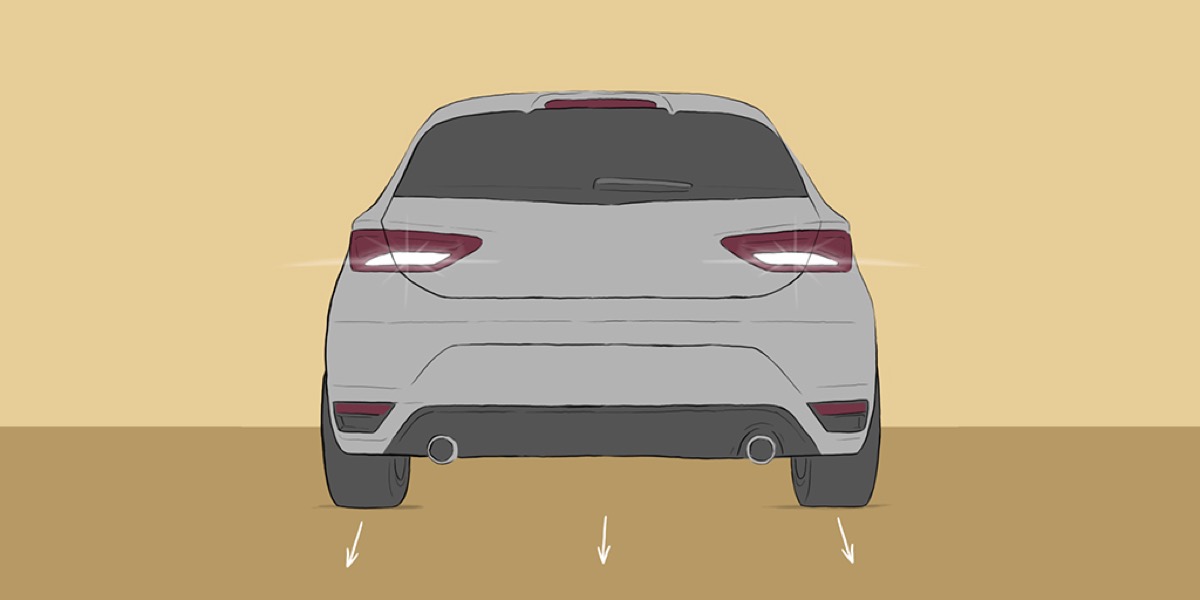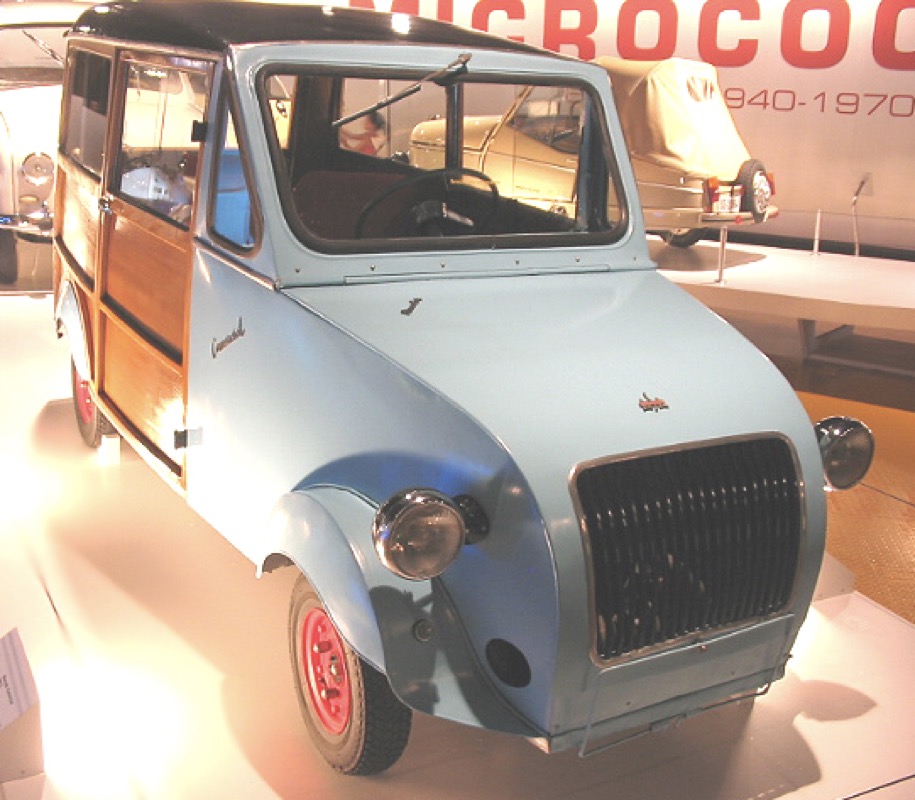We use cookies and other proprietary and third-party technologies to make our website work correctly and securely. We also use them to analyse user browsing and be able to adapt advertising to your tastes and preferences. Cookies Policy.
Anyone who’s ever gotten a driver’s license knows what a wonderful invention reverse gear is. It allows us to execute a thousand and one maneuvers when getting a car to fit into a space that may or may not be too small for the model we’re driving.
But until the start of the 20th century, most vehicles didn’t have a reverse gear. Which means that between the manufacture of the first car (steam) around 1770 until the adoption of the reverse gear in all cars (1905), more than a century went by.

Between these two milestones there was a whole chain of technological innovations that yielded the automobile as we know it today. Over the course of those 135 years, there was a real race among Belgian, American and German inventors and engineers. Meeting at the finish line were two individuals: a German, Karl Benz, with his 1885 model, and the American George Baldwin Selden, with a patent registered in 1879. In both cases, these automobiles did not have a reverse gear.
The first car with a reverse gear appeared some years later, thanks to Karl Benz. This German engineer decided that one of the vehicles he designed should have an additional gear that would permit it to go backwards. However at first the invention was designed to start the car off with greater power, not necessarily get it to go in reverse. Starting off from a gear that went backward was an attempt to solve one of the principal problems shared by those early cars: their lack of power. After the appearance of Benz’s new gear, other manufacturers began to install similar technology in their models.

But just because it had been invented didn’t mean that reverse gear was common to all cars. For years it was an option that was only available in some models, and the choice was almost always up to the buyer. It wasn’t until 1905 that reverse gear was present in the vast majority of cars.
But even after this technology was in general use, some models of cars still did not have the ability to move backwards. For example the BiScooter, invented in France but only manufactured in Spain after the civil war. This was a special case because the biscúter, as it was known in Spain, was really a very small vehicle, appropriate for an economy that had been battered by the war. It not only lacked a reverse gear but didn’t even have doors or windows. It even spawned a popular saying: something was said to be “uglier than a biscúter.”

Today, all cars have a reverse gear. Even the Formula 1 vehicles, contrary to what many people think. This misconception may result from the fact that in these one-man cars –and unlike the rest of the gears– there is no specific button on the steering wheel; rather, it is activated by a button on one of the sides of the cockpit. The gear is included in these competition vehicles just in case a situation might arise in which the driver was in a difficult position and had to move backwards for safety reasons.
What’s clear is that nobody could drive today’s cars with a reverse gear. Without it, we could only move forward. And more important: we couldn’t maneuver again and again around a parking space while hoping to find the right combination of movements.
Notice: Trying to access array offset on value of type null in /DATA/sites/ontheroadtrends.com.preproduccion.com/webspace/wp-content/themes/ontheroad2023/templates/newsletter.php on line 3
Notice: Trying to access array offset on value of type null in /DATA/sites/ontheroadtrends.com.preproduccion.com/webspace/wp-content/themes/ontheroad2023/templates/newsletter.php on line 4
Notice: Trying to access array offset on value of type null in /DATA/sites/ontheroadtrends.com.preproduccion.com/webspace/wp-content/themes/ontheroad2023/templates/newsletter.php on line 5